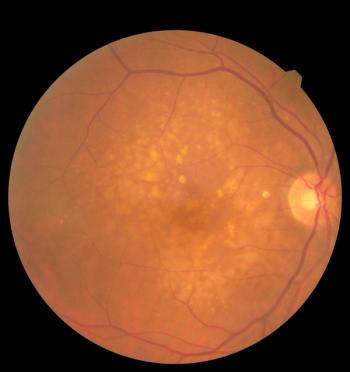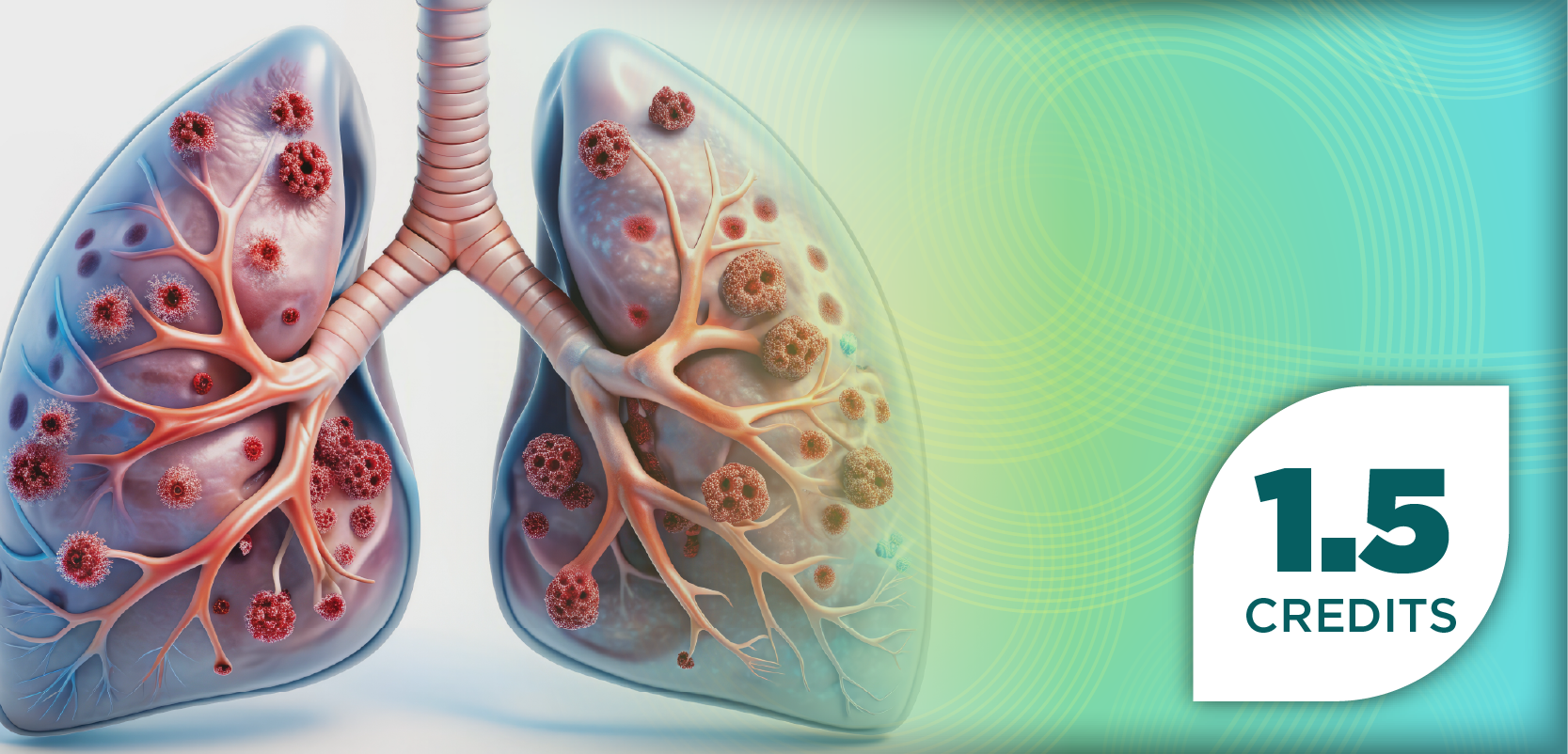
Pharmacy Practice in Focus: Oncology
- August 2025
- Volume 7
- Issue 6
From Botanicals to Blood Counts: Exploring Pharmacist-Led Cancer Care Strategies
Key Takeaways
- CPX-351 showed lower complete response rates but longer survival post-SCT compared to the 7+3 regimen in younger AML patients.
- Drug-herb interactions are prevalent in oncology patients using oral anticancer agents, especially with supplements metabolized via CYP3A4 or involving immunotherapy.
As oral anticancer therapies become increasingly common, so too does the use of complementary and alternative medicines—including herbal supplements—among patients with cancer. In this issue, 2 peer-reviewed articles shed light on distinct yet clinically significant areas of pharmacy practice in oncology.
In the peer-reviewed original research paper on page 14, Vera Pervitsky, PharmD, BCOP, BCPS; Ila M. Saunders, PharmD, BCOP, DipACLM, FHOPA; Mimi Lo, PharmD, BCOP, BCPS; Rebecca Young, PharmD, BCOP; Benjamin Moskoff, PharmD, BCOP; Yunyi Ren, MS; Machelle Wilson, PhD; Brian A. Jonas, MD, PhD, FACP; Marisela Banez, PharmD, BCOP, BCPS; and Julie Guglielmo, PharmD, BCOP, discuss a retrospective, multicenter study that compared the safety and efficacy of CPX-351 vs the standard regimen (7+3) in adults aged 18 to 59 years with newly diagnosed therapy-related acute myeloid leukemia (AML) or AML with myelodysplasia-related changes. Although CPX-351 showed lower complete response rates (45.8% vs 66.7%) and higher early mortality, patients who underwent stem cell transplant (SCT) after CPX-351 had notably longer median overall survival (58.1 months vs 15.0 months with 7+3). Adverse events such as febrile neutropenia and bleeding were common in both groups. These findings suggest CPX-351 may benefit select younger patients, particularly those eligible for SCT, but further randomized studies are needed.
In the peer-reviewed literature review on page 19, Hanna Yakubi, PharmD; Cody Angerman, PharmD; Iris Zhao, PharmD, BCOP, BCPS, APh; Saumya Papneja, PharmD, BCOP; Christina Marengo, PharmD; Mency Zhu, PharmD; and Ryan Beechinor, PharmD, BCPS, BCOP, examine the potential for drug-herb interactions in oncology patients taking oral anticancer agents, focusing on 5 widely used supplements: curcumin, reishi mushroom (Ganoderma lucidum), quercetin, elderberry (Sambucus spp), and maitake mushroom (Grifola frondosa). Drawing on data from 100 patients at UC Davis Health, pharmacists assessed the drug-herb interaction of common supplements based on metabolic pathways, immunomodulatory effects, and anticancer properties. The study found a high rate of possible interactions, particularly with agents metabolized via CYP3A4 or involving immunotherapy. These findings highlight the
vital role of oncology pharmacists in screening for supplement use, providing education, and guiding patients through evidence-informed, shared decision-making.
Together, these articles emphasize the evolving and multifaceted role of oncology pharmacists in managing complex treatment landscapes. From identifying and mitigating drug-herb interactions to evaluating real-world outcomes of novel chemotherapeutic regimens, pharmacists are uniquely positioned to enhance patient safety and optimize therapeutic outcomes. As the use of oral agents and integrative therapies continues to rise, these insights reinforce the need for proactive, evidence-based pharmacy involvement in cancer care. Ongoing research and interdisciplinary collaboration will be essential to support informed decision-making and improve outcomes for patients.
Articles in this issue
Newsletter
Stay informed on drug updates, treatment guidelines, and pharmacy practice trends—subscribe to Pharmacy Times for weekly clinical insights.








































































































































































































